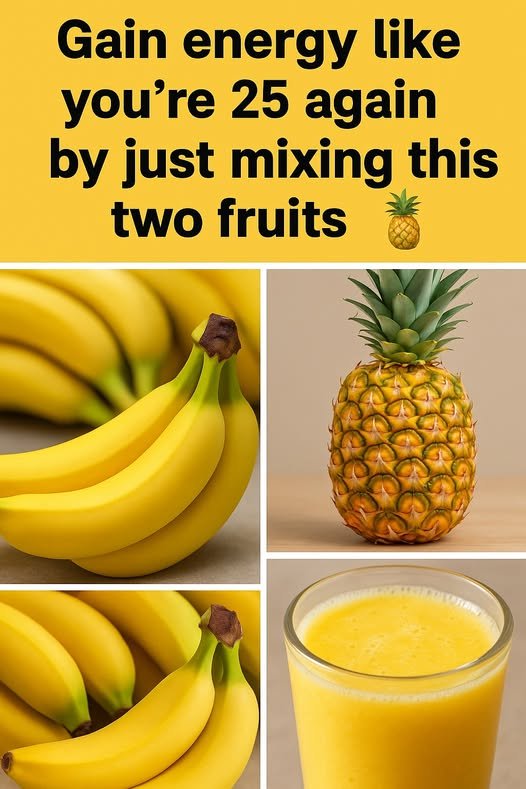In a groundbreaking announcement that has sent ripples through the automotive industry, Toyota has unveiled its latest innovation: all-solid-state batteries capable of charging in just ten minutes. This revelation not only positions Toyota at the forefront of electric vehicle (EV) technology but also raises significant questions about the future of energy storage, environmental impact, and the competitive landscape of the automotive market.
For years, the limitations of lithium-ion batteries have been a thorn in the side of EV manufacturers. Long charging times and concerns over battery life and safety have hindered widespread adoption. Toyota’s new all-solid-state batteries promise to address these issues head-on. By replacing the liquid electrolytes found in conventional batteries with solid materials, Toyota claims to enhance energy density, reduce charging time, and improve safety. The implications are profound: imagine a future where EVs can be charged as quickly as refueling a gasoline car.
However, this innovation has sparked a heated debate among industry experts and environmentalists alike. Proponents argue that faster charging times could significantly increase the appeal of electric vehicles, potentially accelerating the transition away from fossil fuels. With a ten-minute charge, long road trips could become more feasible for EV owners, alleviating range anxiety—a common concern for potential buyers. This could lead to a dramatic increase in EV adoption, contributing to a reduction in greenhouse gas emissions and a cleaner environment.
Conversely, critics raise several concerns about the sustainability and practicality of all-solid-state batteries. While Toyota’s announcement is undoubtedly exciting, the production of these batteries is still in its infancy. The materials required for solid-state batteries, such as lithium and cobalt, may not be as abundantly available as needed for mass production. Additionally, the environmental impact of sourcing these materials must be considered. Mining practices for lithium and cobalt have been criticized for their ecological damage and often exploitative labor conditions.
Furthermore, there is skepticism regarding the scalability of this technology. Critics argue that while Toyota’s announcement is a significant step forward, it may take years, if not decades, to perfect the manufacturing processes and realize the potential of all-solid-state batteries. Many are wary of overhyping the technology without substantial evidence of its long-term viability and performance in real-world conditions.
Moreover, the competitive landscape of the automotive industry is shifting. Tesla and other manufacturers have also been investing heavily in battery technologies, including lithium-iron-phosphate and advanced lithium-ion chemistries. As Toyota makes strides in solid-state technology, other companies may respond with innovations of their own, leading to a battery arms race that could benefit consumers but also complicate the market dynamics.
The announcement also raises questions about the future of hybrid and hydrogen vehicles, which have been Toyota’s hallmark. With the focus shifting towards all-solid-state EVs, will the company abandon its hybrid and hydrogen technologies? This could alienate a segment of environmentally conscious consumers who prefer alternatives to pure electric vehicles.
In conclusion, Toyota’s announcement of all-solid-state batteries with ten-minute charging capabilities heralds a new era in electric vehicle technology. While the potential benefits are significant, the challenges ahead are equally daunting. As the automotive industry braces for this transformation, the discourse surrounding sustainability, resource availability, and technological feasibility will only intensify. The future of transportation may very well hinge on how these issues are navigated in the coming years.



